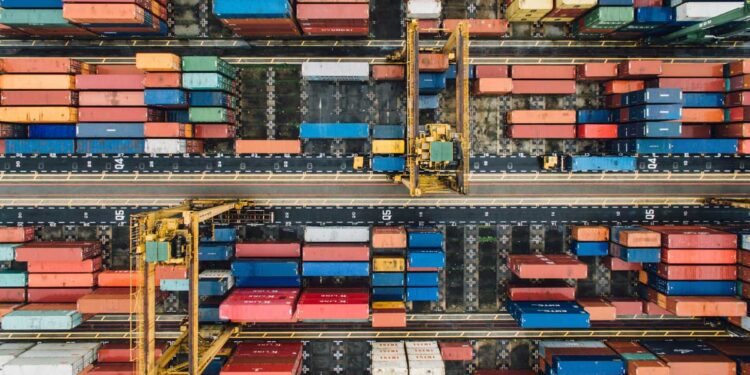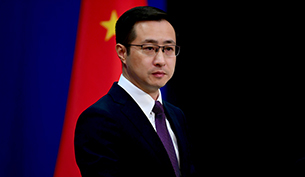ISLAMABAD- China remained Pakistan’s top commercial partner for the first quarter (July-September) of the current fiscal year (2022-23) despite a 30.67% fall in bilateral trade, according to the Ministry of Commerce.
According to data, the volume of bilateral commerce decreased to $3.952 billion in Q1 of the current fiscal year from $5.701 billion in Q1 of the previous fiscal year. In Q1 of FY23, Pakistan’s trade deficit with China was $3.121 billion, down from $4.393 billion in Q1 of the previous fiscal year. In the reviewed period, Pakistan’s exports to China decreased by 36.45% to $415.57 million from $653.96 million in the corresponding quarter of 2016. China’s imports decreased by $3.536 billion, or -29.93%, to $3.536 billion in Q1 FY23 from $5.047 billion in the same quarter of FY22. Despite a significant drop in imports, China continued to be Pakistan’s top supplier of imports over the time period under consideration. In a month-by-month comparison, Q1’s first three months saw a decline in bilateral trade. From $2.048 in the same month last year to $1.112 in September, the volume of bilateral commerce decreased by 45.70%.
Exports from Pakistan to China decreased by 33% in September of this year, from $261.86 million to $175.08 million, compared to the same month the previous year. Additionally, September’s imports from China fell by 48% to $937.27 million from $1787.9 million in the same month last year. The bilateral trade also had negative growth in July and August of 17.51 and 18.10%, respectively. According to the Ministry of Commerce, China continued to be Pakistan’s top trading partner in the fiscal year 2021–2022, with a bilateral trade volume of $19.457 billion. In 2021–22, Pakistan exported $3.111 billion to China while importing $16.346 billion. Cotton, copper, cereals, fish, crustaceans, mollusks, aquatic invertebrates, oil seed, oleagic fruits, grain, seed, fruits, drinks, spirits, vinegar, aluminum, clothing, salt, sulfur, leather, and plastics were among the exports from Pakistan to China.
Electrical and electronic equipment, machinery, nuclear reactors, boilers, pharmaceuticals, mineral fuels, oils, distillation products, organic chemicals, iron, and steel, other than railway and tramway vehicles, plastics, fertilizers, synthetic filaments, and rubbers are all imported into Pakistan from China. In May of this year, the Pakistani government banned the import of several high-end goods. In August, the prohibition was lifted. However, it resulted in a significant decrease in import volume during the first quarter. Experts claim that China is the world’s largest food market, and Pakistan may increase its exports to its neighbor by sending food products, particularly fruits, vegetables, rice, and fish.
Information in this article comes from third party providers. This website does not provide explicit or implied warranty for such information and is not liable for any losses directly or indirectly caused by using such information.
















